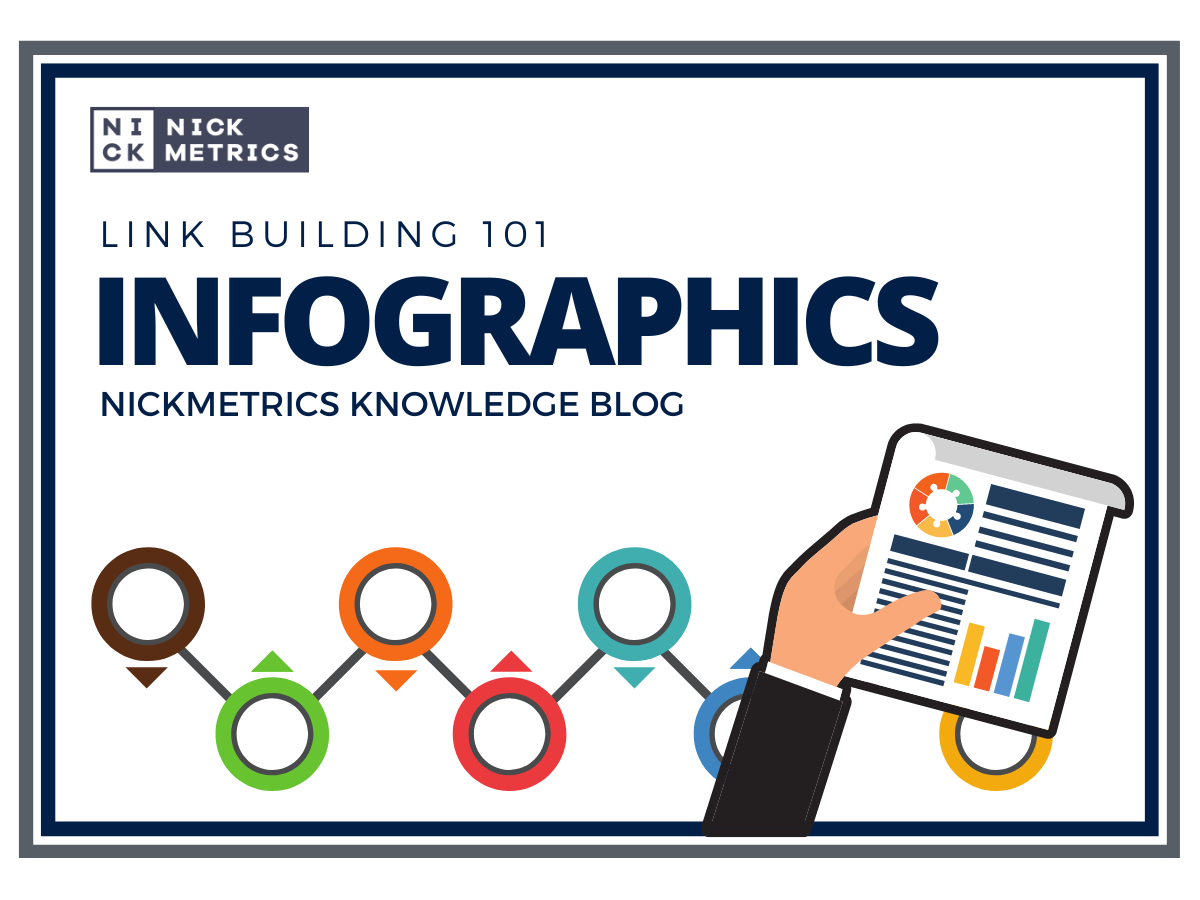
ENTER YOUR EMAIL ADDRESS
Follow Us

When it comes to link building, there is a lot of content. Nowadays, we see a ton of “experts” advising on everything from microsites to infographics. Here, we will present the advantages and disadvantages of each method for your reference, as well as some examples that you can probably find if you spend enough time on Google. First, you should find a good topic to create your infographic around. You can either choose something you are knowledgeable about or opt for an exciting subject trending on the web.
Infographics are a visual representation of information. In other words, it’s any picture used to convey a message or situation in an easy-to-understand way. Infographics have been used for years and are often shared via social media. Most infographics follow a common theme: They usually contain some map with information. The map can be of the world but is most often broken down by country or city. Additionally, these infographics will have icons representing specific data points or facts about a region.
Infographics should be easier to understand than a few paragraphs of text. However, just because it’s easier doesn’t mean everyone will understand the infographic. So what are some good and bad things about infographics?
Now that you know what infographics are all about, let’s look at how you can create some high-quality ones. Trust us, it’s easier than you think, but there are still some pitfalls to avoid if you don’t want to get burned. First, you should find a good topic to create your infographic around. You can either choose something that you are knowledgeable about or opt for an exciting subject trending on the web. If you choose the latter, be sure there is enough data out there for you to fill up your infographic. Also, remember that search engines look at social signals when deciding if a site or page is credible.
Getting links back to your site with infographics is relatively easy. If you use the first option (choosing a topic you know about), you can write about it on your blog and then link to the infographic. However, if you’re going for something trending, this likely isn’t an option. Instead, just let other people know about your infographic and provide a link to the image itself. Now, you can post this on social networks or even create a dedicated page with the infographic. The last option will be challenging because infographics aren’t always meant for passive promotion. You will have to contact bloggers that write in your industry and see if they’ll feature your infographic on their site. It’s also okay to check out some authority sites already linking to similar infographics.
Finally, remember that your infographic will only be as good as the data it contains. So if you’re using information from unreliable sources, it could hurt your link building efforts.
There you go; that’s how you can use infographics to jumpstart your link building efforts. Now it’s up to you to find some good data and create an infographic around it. Don’t be surprised if Google decides to pick your infographic up for their search results page – don’t try to game the system!